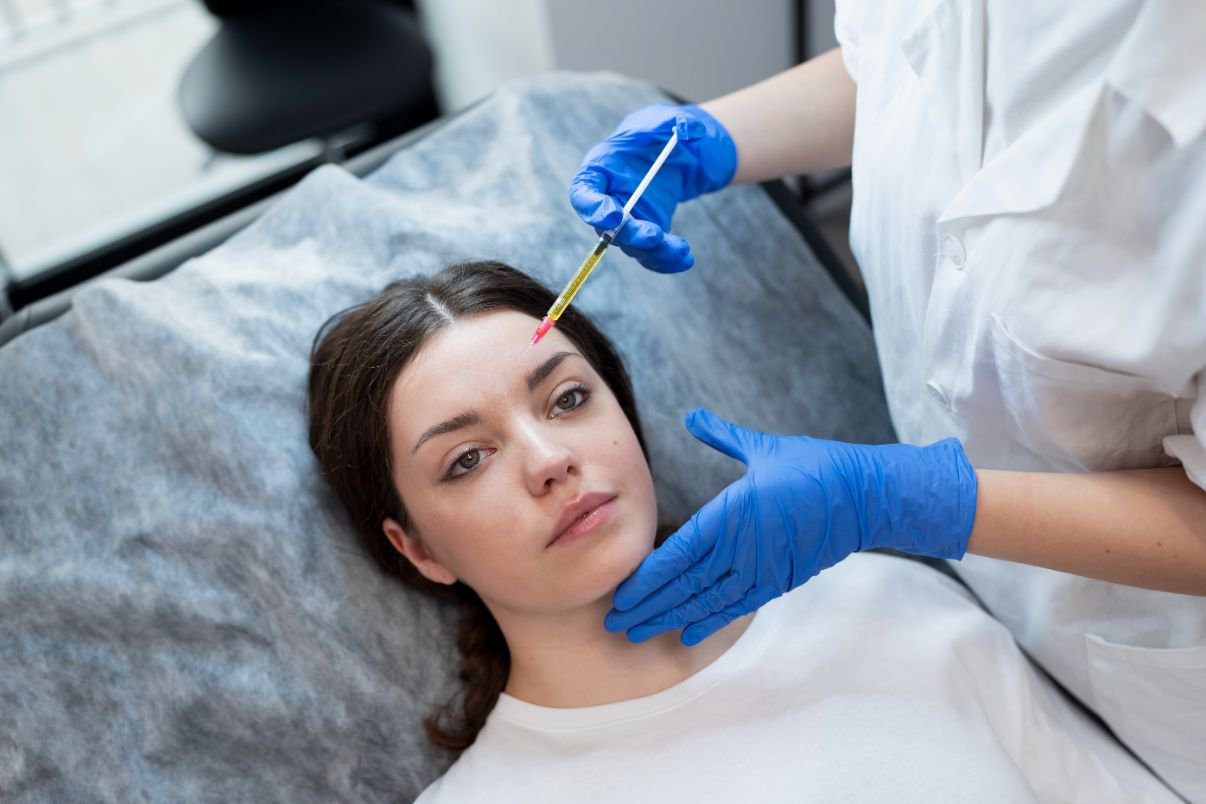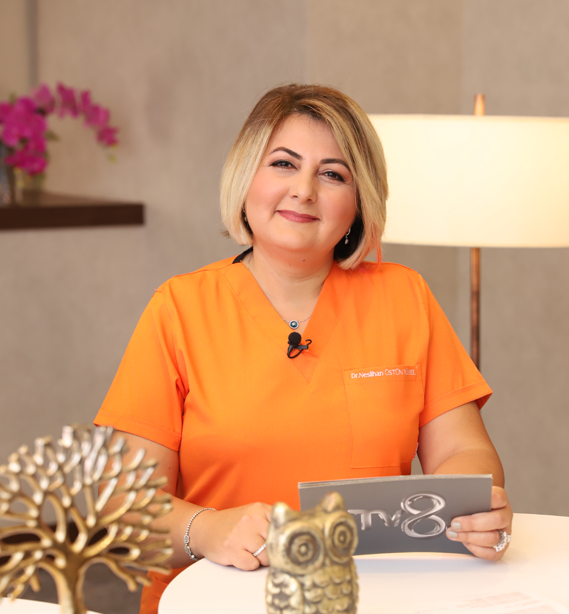PRP Treatment

PRP treatment is the abbreviation of Platelet Rich Plasma words. It is translated into Turkish as trombositten zengin plazma or TZP. The basis of PRP treatment is to obtain platelet-rich plasma from a small amount of blood taken from the person through certain processes and to be given to the same person by re-infection.
During the Antalya PRP treatment, 10-20 ml of blood is taken from the person first. After the doctor's examination before the application, small tubes containing a special gel are used and the blood taken from the person is centrifuged. After the application of this process, the blood in the tubes is separated into its components. With the decomposition of the blood made by PRP application, the part of the blood consisting of red cells, which contains approximately 200 thousand platelets per milliliter, is separated. A blood structure with a platelet density is obtained in each milliliter. The process is completed by adding DNA activators to this blood, which will increase the growth factors more. This is also called PRP therapy.
By performing special procedures, the platelet-rich part is separated and the application is made with the help of injection to the targeted area. Thanks to PRP treatment, situations that cause many problems and complaints can be intervened with a safe and natural method obtained from the person's own blood.
PRP therapy has been used in cardiovascular and maxillofacial surgery for almost two decades. Recently, it has been used extensively especially in the treatment of musculoskeletal injuries. The rich platelets in the plasma secrete growth factors that provide healing of tissue damage as well as functions related to blood coagulation. Therefore, PRP is successfully used in the treatment of tissue damage.
How is PRP Treatment Applied?
PRP treatment is used in the treatment of many pains such as knee calcification, hip joint calcification, shoulder pain, tennis elbow, golfer's elbow, anterior cruciate ligament injuries, ankle sprains, heel spurs, grip pain.
Depending on the area to be treated, it is administered 2-3 times at regular intervals or once by injection method, up to 1-3 ml. In knee calcifications, three applications are made into the knee joint with an interval of one month.
The curative effect of the treatment begins within a few weeks after PRP treatment. The healing process takes between 3 months and 12 months. For this reason, a rapid pain reduction is not expected after PRP treatment, as is the case with cortisone injections. The pain gradually decreases and the pain passes within months. In addition, while the majority of the patients observed that the complaints recurred in the cortisone application, such an observation was not observed after the PRP treatment. PRP treatment is not preferred in patients with low platelet count, cancer patients and pregnant women. Together with our expert team, we carry out all necessary examinations and examinations in our center, inform about every detail and put our signature under successful applications.
Would you like to meet our team?
Contact us for all your questions, opinions, suggestions and complaints





